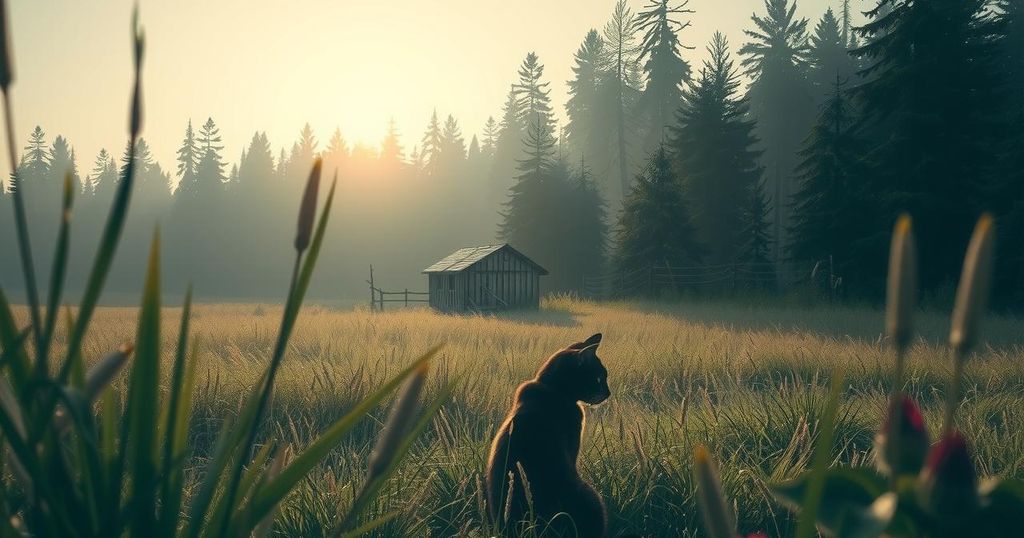The WAP Complex, a critical protected area in West Africa, is home to small cats such as servals and caracals, yet their populations remain poorly studied. Jihadist violence hinders conservation efforts, while illegal wildlife trade and habitat encroachment pose significant threats. Urgent funding and research are needed to address the ecological roles of these felines in their environment.
The W-Arly-Pendjari (WAP) Complex is a vital network of protected areas spanning Benin, Burkina Faso, and Niger, serving as a sanctuary for numerous endangered species, including large mammals. Small cat species such as servals, caracals, and African wildcats inhabit this region; however, their conservation status remains understudied. Limited data on their numbers, distribution, and ecological threats exists, which exacerbates the risk of these felines becoming overshadowed amidst larger conservation efforts.
The presence of jihadist militants in Burkina Faso and Niger significantly hampers conservation and research efforts within the WAP Complex, making fieldwork increasingly perilous. Despite this, organizations like African Parks continue to conduct biomonitoring activities in Pendjari National Park. Nevertheless, the majority of information regarding small cats has been derived from camera-trapping surveys that were originally focused on larger carnivores.
Both environmental encroachment and the ongoing wildlife trade further threaten the populations of servals and caracals. Covert market surveys indicated the presence of their skins, but it remains unclear if these came from populations within the WAP Complex itself. Small cat populations may be adversely affected by human encroachment, habitat degradation, and other factors, but the overall impacts due to changes in the landscape remain largely ambiguous due to the insecure situation in the region.
Research funding for small cats is particularly challenging to secure, especially for species deemed “least concern” globally. Nevertheless, it is critical that studies also account for local status and genetic diversity, as local extirpation poses a real threat even to widely distributed species such as servals. Calls for widespread ecological assessments and focused conservation efforts underscore the urgent need for greater awareness and funding for small cat conservation in West Africa.
The plight of small cats in West Africa’s WAP Complex highlights a dire need for increased research and conservation efforts. Jihadist violence complicates fieldwork, while the illegal wildlife trade and environmental degradation threaten these species. Securing funding and raising awareness about the ecological importance of servals, caracals, and African wildcats is paramount to ensure their survival in a rapidly changing landscape.
Original Source: news.mongabay.com




